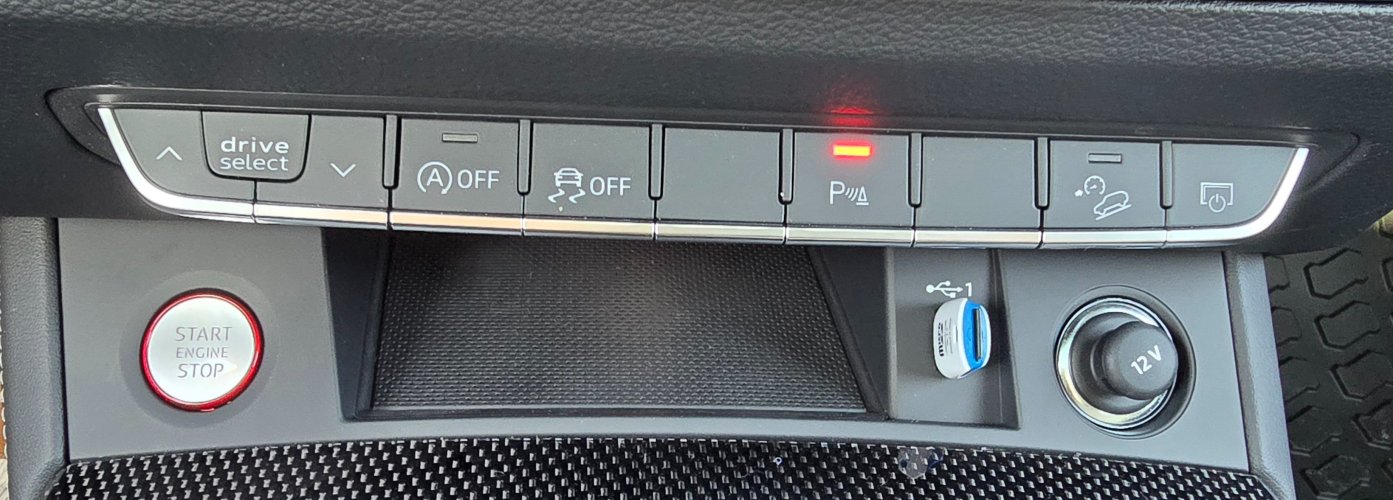ClaudiaRox
Head-Fier
- Joined
- Oct 31, 2015
- Posts
- 85
- Likes
- 230
Ye
I'm mostly running 32ohm earbuds at mid gain about volume 30.
Yea I'm just confused at this point because I'm not using the power hungry Android... Haha
When the device is not in use, I'm also losing like 1-2% per hour.
Yea my set is relatively new. I did the calibration thing like twice on the day of purchase, I'll try it again.This topic has been discussed quite a bit here.
Is your unit relatively new?
If so, drain the battery to 0. Fully charged to 100% before powering on. Run through a few of these cycles to calibrate the battery. This helped a lot for me.
What headphones/IEMs are you running and at what volume? If they are super power hungry that could explain it.
Running the DC In super gain mode will also preserve battery life somewhat.
I would recommend @Stouthart's tweaking guide but if you are only running MangoOS I don't believe this will have any impact.
Also lastly once the batteries are calibrated, if you still aren't satisfied, just keep it hooked to a power bank or other power source. Since the batteries are replaceable there is no harm in running the batteries suboptimal IMHO.
I'm mostly running 32ohm earbuds at mid gain about volume 30.
Yea I'm just confused at this point because I'm not using the power hungry Android... Haha
When the device is not in use, I'm also losing like 1-2% per hour.
























